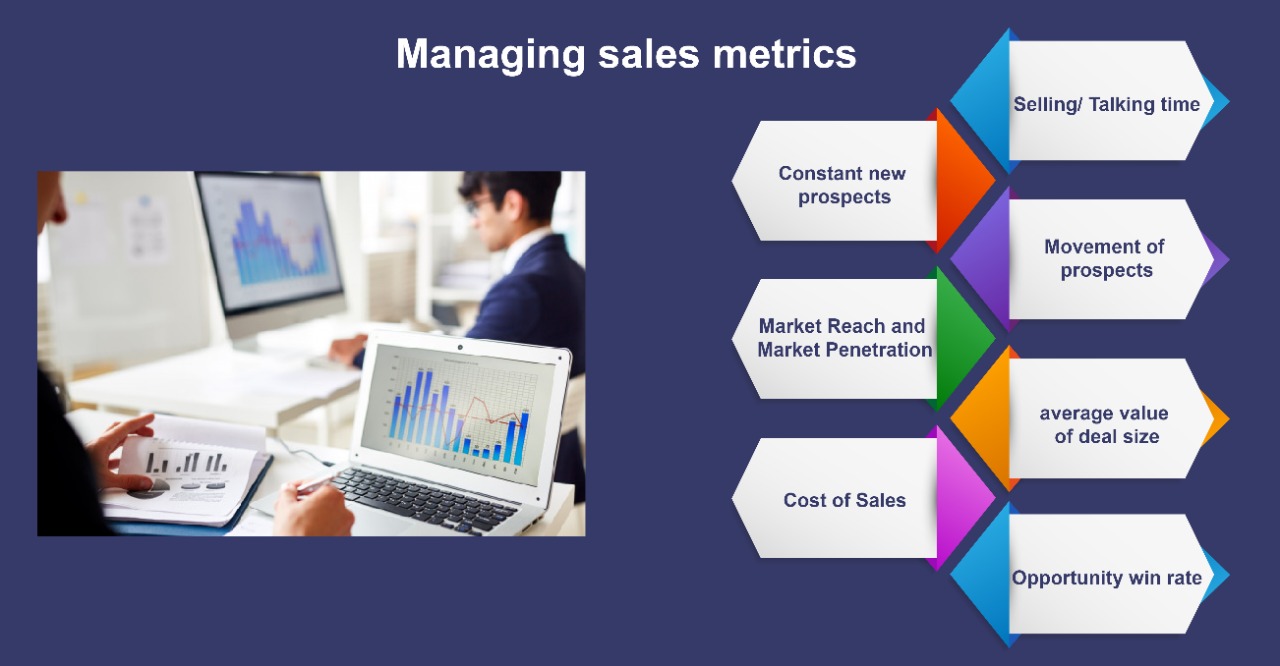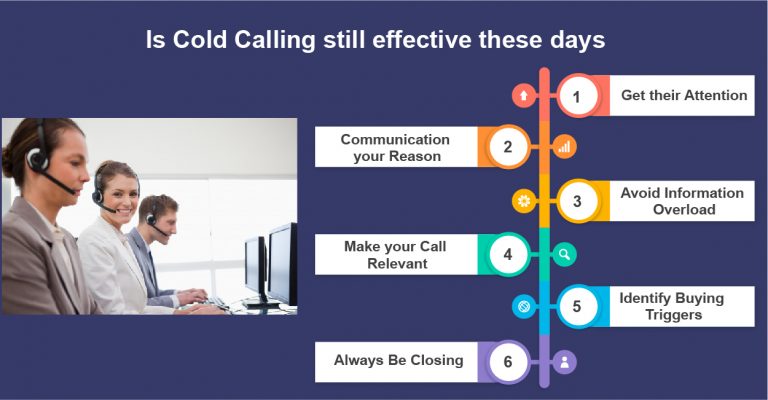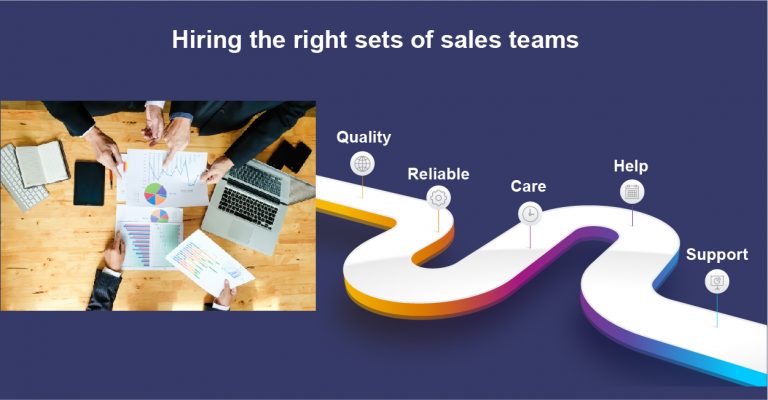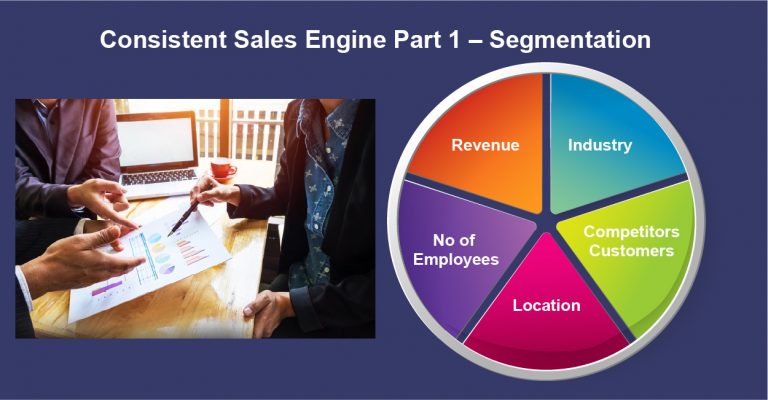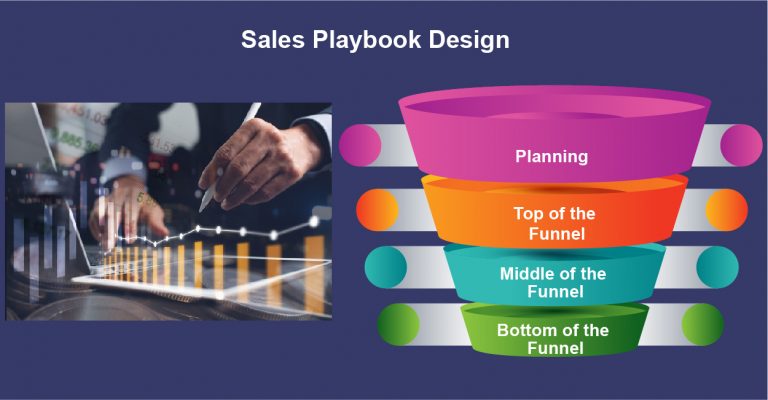You cant manage if you cant monitor and measure. Your sales plan is exhaustive and can have a variety of goals in order to reach the ultimate goal – Revenue. Is your sales team executing it right? How do you know? Sales Metrics Management…
Managing sales teams can be got down to a science. There are many days when the salespeople may not be that keen to work or there are days when no results will come in spite of lots of work. Revenue is the end result – a result of activities done right.
What are the sales metrics you can use to effectively manage the sales teams?
Selling/ Talking time per day
There are many activities that the salesperson needs to do on a given day. This includes a lot of back-end activities to prepare for the meetings, emails to be sent, social media connects, proposals to be written, interacting with other departments for support, Reviews, etc.
The most important activity on a given day to measure is how much of time has the person spent in selling and in non-selling activities.
The selling/prospecting activities would be:
- No of calls made
- No of new people spoken to
- No of prospects followed
- No. of meetings done
This ensures that the salesperson in your team spends time in actively prospecting and reaches out to new people. This also ensures that the salesperson follows up on the prospective customers and keeps talking and ideating. This will make new prospects come in and existing prospects moving towards the buy button.
This is a good metric for you when your team does not hit their numbers. You might not be able to get a grip on what transpired in the conversation between your sales team and the buyers. However, the immediate analysis you can do is to look into the activities that your sales team
Selling time and talking time per day is an important activity for prospecting. This is to ensure new conversations per week as a metric. #salesmetrics Click To Tweet
Constant new prospects per month
We spoke about the sales team talking to multiple people on a given day or week. However, you still have to find out if your sales team working only on talking with existing prospects or existing customers or is the person able to generate a healthy number of new prospects? We also know that anything may come back to bite us if we depend only on a few prospects.
A few of the reasons could be seniority of the buyer your team is talking with, decision-making ability, Impact of the problem to the buying organization at that point in time, Buyer’s choice of Vendors, budget available, timelines to complete to name a few. Generating new prospects on a consistent basis will help you to understand the health of the sales activities to minimize the risk of having your pipe with only a few prospects.
It is good to have new prospects getting added on a constant basis. This is to mitigate any risks on closure at the last moment. #salesmetrics Click To Tweet
Qualified prospects
All the buyers who show interest are not necessarily qualified as you would like for them to be. In addition to the buyer persona you have defined, it is also important that your team qualifies all those who made into the funnel. This will help you to decide the likelihood of business that would come in from these qualified leads. You can also decide where to focus your efforts on.
Movement of prospects across the sales funnel
After managing the activities and ensuring consistent new prospects and qualifying the prospects, you have to keep a watch on how these prospects move through the multiple stages of the sales funnel. One of the good practice of a sales funnel management is assigning a timeline within which there needs to be a positive movement.
The prospects go back to the nurturing stage or are moved out of the funnel if the prospect stays at the same stage of the sales funnel for too long a time. This is called Leakage in the sales funnel. A buyer would have bought, put the decision hold and they may have even gone to a competitor because they felt a pain point and showed interest in engaging in a conversation with you.
The team might still be tempted to keep it in the funnel because it is their hard work. However, to you, the projections will be a false positive if you would keep the prospects active on the same stage of the funnel. They might not even respond to your reach outs and have not moved towards the buy button and you have to move them out but can get them in when they begin showing active interest again at some point in time.
This metric will ensure that the salesperson spends active time selling into the prospects at all stages of the sales funnel. The activities towards the top of the funnel would be more towards emailing, calling, meeting, chatting, connecting on social media to let the prospects be aware of you. This is the time, they begin spending time on non-selling activities that include
- Reading up on the industry to understand the issues faced.
- Preparing brochures, white papers, case studies and approach documents.
- Preparing presentations
- Analyzing RFPs
- Preparing proposals
Your sales funnel is healthy when there are adequate prospects across the sales cycle and there is a constant movement of prospects towards the buy button. #salesmetrics Click To Tweet
Market Reach and Market Penetration
Every salesperson is assigned a few zip codes or a few accounts. The metric helps the manager to understand the reach and the penetration ratio.
Market Reach is to measure what percentage of the assigned zip code or accounts has the salesperson been able to reach? This means, how many accounts has this person been able to call, email, go and visit. I have seen many companies assigning the best industries or a 1000’s of accounts to the best salesperson. This person will take more than one year to even have one conversation with someone in those accounts. With this, you can add more salespeople or find out if the issue is in prospecting and can re-train the person to reach better.
Market Penetration is to measure how much of the targeted zip codes or the accounts have the salesperson been able to penetrate – Identify the right person and engage in a conversation. This is an important metric as you will need to find out how much of the database hs the salesperson been able to penetrate.
Performance
The obvious measure is the revenue that the salesperson has achieved over time. This will help you to understand the efficiency of the salesperson over the year.
The average value of deal size
Your planning is a measure of the average value of deal size multiplied by the number of deals. The value of the deal determines if the salesperson is going to the right sized accounts and pitching in the right sized opportunities to help you get to the target much faster.
This also helps you in understand what type of deals are likely to be closed. For eg, if a new opportunity of a deal size much larger than the one you are used to closing comes in, you will know that these may take a longer time and effort to close. You can also find out if the salesperson who got this opportunity will be able to close individually based on the size fo the deals they have closed in the past.
Your initial hypothesis of Avg no of deals and Avg ticket size should be constantly validated in the sales process. #salesmetrics Click To Tweet
Cost of Sales
You have your sales budgets and sales expenses as part of your sales plan. You have multiple variables that include Salary, Incentives, Commissions to your partners, Travel costs, Marketing costs, Advertisement, Promotions, etc. The metric of cost of sales to calculate the cost of acquiring a customer or the total cost of farming an account helps you in understanding two things
- The attractiveness of the account when you would decide to convert it into a key account
- The optimization of the process (re-training or replacing the salesperson, sales process), etc. to reduce the cost
Opportunity win rate
This metric will help you isolate the problem in the sales process. You can determine if the problem is with the salesperson, with the sales process, with the support you are giving or with the plan that you have done to name a few.
This metric will help you understand the leakage ratio so that you will understand what needs to be the absolute amount of opportunities or value that would go in as gross sales pipe. You can also assume that you will need certain ratios as leakage in each stage so that you will be safe in achieving your numbers as long as you have your gross sales pipe in place.
Finally, this will also help you in optimizing the process and the techniques that you use at each stage of the sales funnel in order to be able to better the ratios. This will help you in achieving higher revenue for the same efforts you will put in
Opportunity win rate metric will help us get a good grip on the execution of the sales process and playbook. #salesmetrics Click To Tweet
Taking care of these metrics on a constant basis and questioning your sales team on achieving these metrics will help you to manage your team. You can also make the necessary changes in the process to help your sales team achieve their targets. Your team will be able to close more deals with the same effort your team puts in
Do Share this in your preferred social media channels if you found this article useful..
Also, Subscribe to this channel to receive constant updates on B2B Sales tips and techniques.
Visit Our Presentation training Services
Visit our youtube channel to get more insight on B2B sales and on digital marketing

















